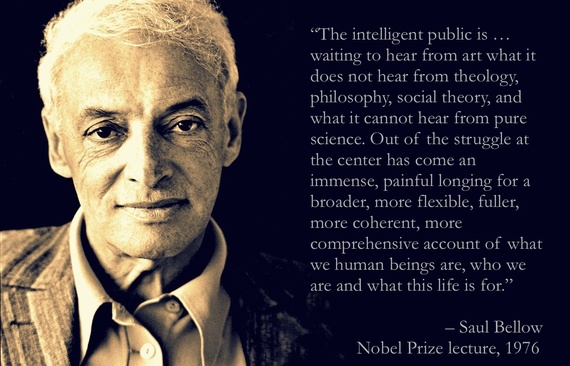New. Fresh. Revolutionary.
Am I talking about laundry detergent or art?
The tyranny of the new controls artists' creativity just as it does the world of commerce.
Yet great art springs not from what is novel, but from what is true.
And truth is ancient.
We can take a stab at framing truth in our new and individual way. And that's cool. We may exult in our own creation and others may find it exciting. Also cool. But art serves mostly as a window -- a place to see the mystery within us and around us. Our presentation of that window is important, but it's a framing. And if this new frame doesn't convey truth, people can stand in a gallery or sit in a theatre or stare at the page for hours, but what they experience in the end will only be what they can project on the clever decoration and packaging of a window to nowhere.
In the world of art, "new" often implies rarity. And rarity often confers value -- diamonds or diptychs. What we create seems much more valuable if we can present it as innovative or even unique.
This empty calculus does not just refer to our art. For we create ourselves along similar lines.
Do we matter because we touch truth, because we seek to serve, because we connect with what Jung called the "collective unconscious"? Or do we seem desirable -- rare and valuable -- because there is something about us that professes to offer a drink from the fountain of everlasting new-th?
"The value of literature lies in \... intermittent 'true impressions'. A novel moves back and forth between the world of objects, of actions, of appearances, and that other world from which these 'true impressions' come and which moves us to believe that the good we hang onto so tenaciously -- in the face of evil, so obstinately -- is no illusion."
- Saul Bellow, Nobel Prize Speech 1976
Regardless of its popularity, art becomes irrelevant and feels dated when it does not tap into truth.
Think of fashion -- ebbing and flowing, changing with markets and sensibilities, but only really potent if it links us to the tidal rhythms of change that go back to our first consciousness of the world and our first awareness of our own free will.
Inhale, exhale. Inhale, exhale. Do we choose to be conscious to the miracle of breathing? Do we see beyond the illusion of autonomy? Can we find the creativity and gratefulness in this lack of uniqueness, this great common denominator of living humanity -- simple respiration? Isn't the true fashion statement one that helps us connect to the mystery of every breath?
When spring presents a new bud, it is nothing new and everything new.
Like nature, artistic truth is ancient and fresh enough to become a talisman of renewal. This truth is a muse for artist and audience. It is a metaphor that takes us immediately to a place of exploration -- where knowing leads to the embrace of what is not known, where transcendence delivers both certainty and suspense.
I think it's time to create a market for art that deepens the spirit, not makes it shallower, a market to encourage art that taps into wisdom and truth that has lasted for generations, eons, as long as memory has served humanity.
"I feel that art has something to do with the achievement of stillness in the midst of chaos. A stillness which characterizes prayer, too, and the eye of the storm. I think that art has something to do with an arrest of attention in the midst of distraction."
-- Saul Bellow
Art as Bellow describes it is redemptive. It allows us to trade our incompleteness for wholeness, our sense of being flawed or broken or isolated for connection. Such art gives us a link to God, to the realm beyond time and space, to our ancestors and our descendants, to each other. Such art can offer us a philosophy of living in balance -- where joy, healing and integrity are possible in spite of -- and because of -- our suffering, loss and fragmentation. Redemptive art reminds us that redemption is a choice. Like love. Like embracing truth.
What does this mean? Well, I am no great artist, but here is a simple story in which I try to do what I'm talking about. What do you think?
After long reflection from Steven Crandell on Vimeo.
After long reflection near the end of a long life, a man who was fond of linear logic came to an understanding:
"Every solution begets a problem, which invites a solution, which begets another problem."
He concluded that the only linear intervention he could logically make was to reject all strictly linear interventions.
So he embraced the circle rather than any point on the circle.
And he died.
_________________________________________
Cross-posted on Thinking Philanthropy.
With thanks to the Whitney Museum of American Art and their great collection of quotes from artists.
And with thanks also to JR Benjamin for his sensitive posts and photos. I've used one of the photos up top. http://jrbenjamin.com/about/

